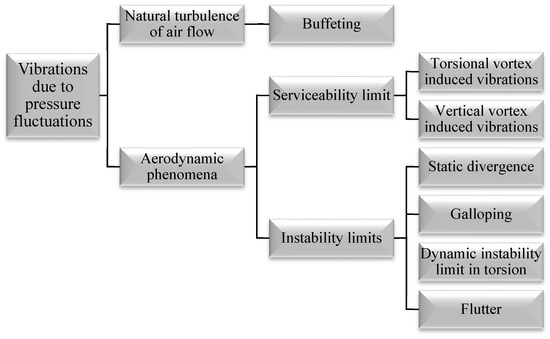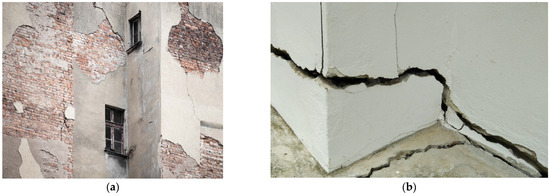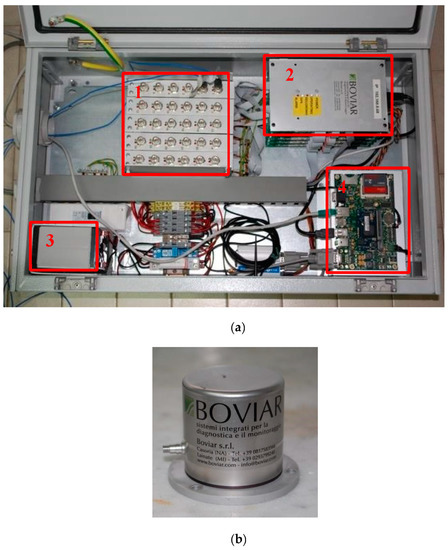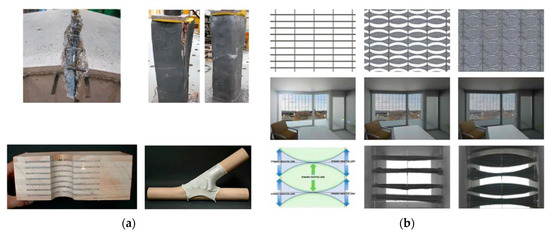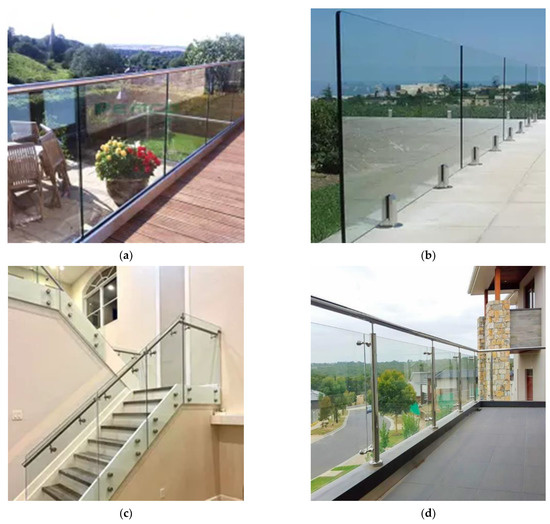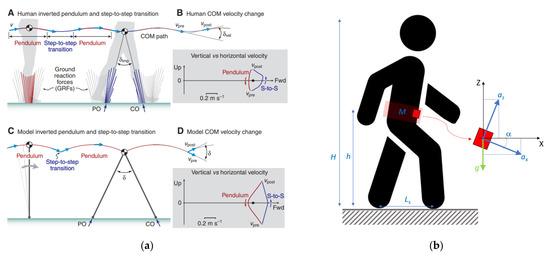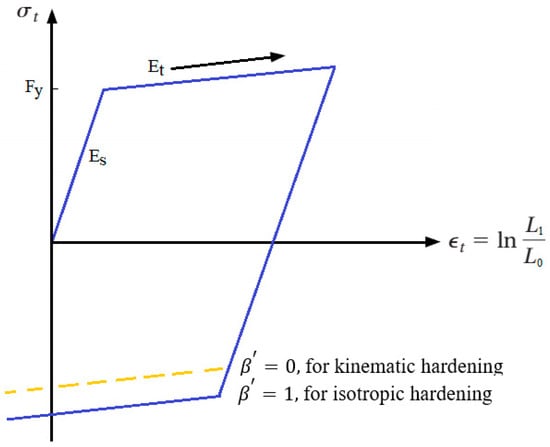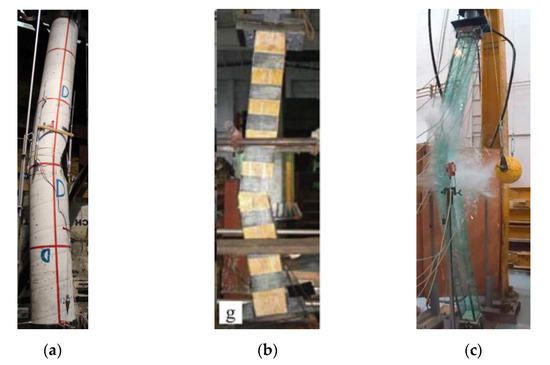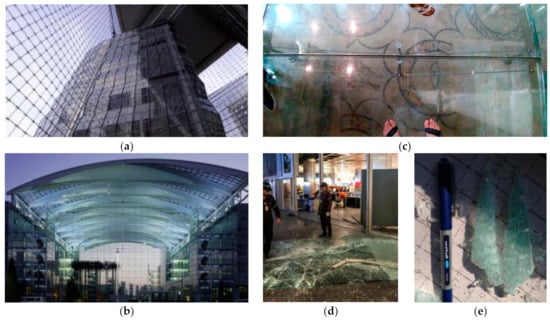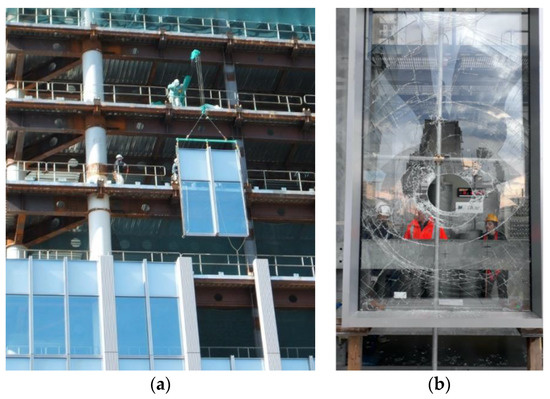Innovation in Structural Analysis and Dynamics for Constructions
A topical collection in Buildings (ISSN 2075-5309). This collection belongs to the section "Building Structures".
Viewed by 56683Editors
Interests: sustainability; numerical simulation; structural analysis; structural dynamics; constructions; finite element analysis; numerical modelling
Special Issues, Collections and Topics in MDPI journals
2. Edificio A, Via Marengo 2, 09123 Cagliari, Italy
Interests: design of reinforced concrete structures and use of recycled construction materials; analyses of extreme load on structures
Special Issues, Collections and Topics in MDPI journals
Interests: structural assessment; historic structures; timber structures; masonry structures; scan to fem; seismic risk; drones
Special Issues, Collections and Topics in MDPI journals
Topical Collection Information
Dear Colleagues,
The continuous development of materials, design concepts, and tools for numerical analysis offers new challenges and scenarios to the research community and designers. The use of materials, innovative or not, and load-bearing components that are particularly sensitive to environmental conditions or severe operational conditions can require dedicated methods and performance indicators for their structural verification. However, especially in recent years, the building and infrastructure fields have been able to take advantage of increasing innovation that takes the form of novel analysis techniques and tools.
In this Topical Collection, we invite contributions that are focused on the latest developments in innovative techniques and solutions for structural analysis applied to constructions. The collection will be of interest to academics and structural and construction engineers but also architects and other professionals involved in the building and construction field.
The submission of original research studies, review papers, and experimental and/or numerical investigations that are focused on the structural performance of building and infrastructure materials, components, and systems is warmly encouraged. Both new projects/applications and interventions on existing structural systems will be of interest for the Topical Collection.
Contributions in the following topics are welcome. However, they need not be limited to this list:
- Structural dynamic approaches and numerical applications;
- Linear and nonlinear structural analyses;
- Characterization of structural materials;
- Analysis of constructional materials under dynamic loads;
- Structural health monitoring;
- Vibration analysis and dynamic characterization;
- Assessment and retrofit of existing civil structures and infrastructures;
- Structural performance assessment under natural hazards;
- Risk and mitigation analysis;
- Experimental methods and results;
- Numerical modeling.
Dr. Chiara Bedon
Dr. Flavio Stochino
Dr. Mislav Stepinac
Collection Editors
Manuscript Submission Information
Manuscripts should be submitted online at www.mdpi.com by registering and logging in to this website. Once you are registered, click here to go to the submission form. Manuscripts can be submitted until the deadline. All submissions that pass pre-check are peer-reviewed. Accepted papers will be published continuously in the journal (as soon as accepted) and will be listed together on the collection website. Research articles, review articles as well as short communications are invited. For planned papers, a title and short abstract (about 100 words) can be sent to the Editorial Office for announcement on this website.
Submitted manuscripts should not have been published previously, nor be under consideration for publication elsewhere (except conference proceedings papers). All manuscripts are thoroughly refereed through a single-blind peer-review process. A guide for authors and other relevant information for submission of manuscripts is available on the Instructions for Authors page. Buildings is an international peer-reviewed open access semimonthly journal published by MDPI.
Please visit the Instructions for Authors page before submitting a manuscript. The Article Processing Charge (APC) for publication in this open access journal is 2600 CHF (Swiss Francs). Submitted papers should be well formatted and use good English. Authors may use MDPI's English editing service prior to publication or during author revisions.









